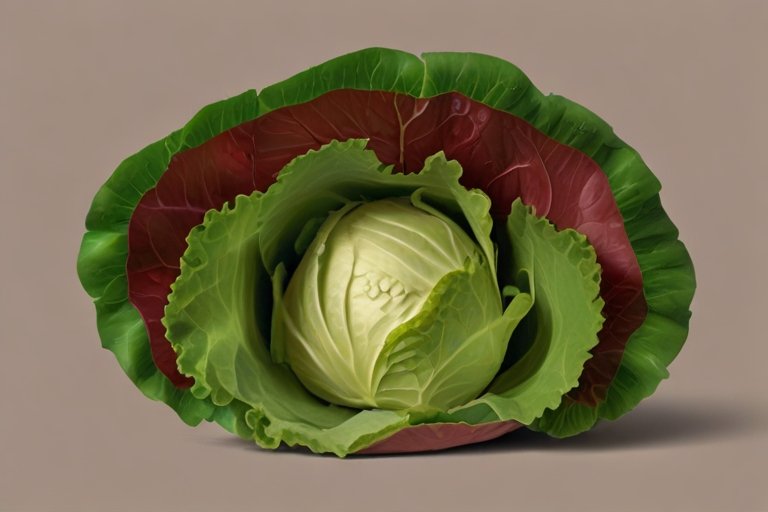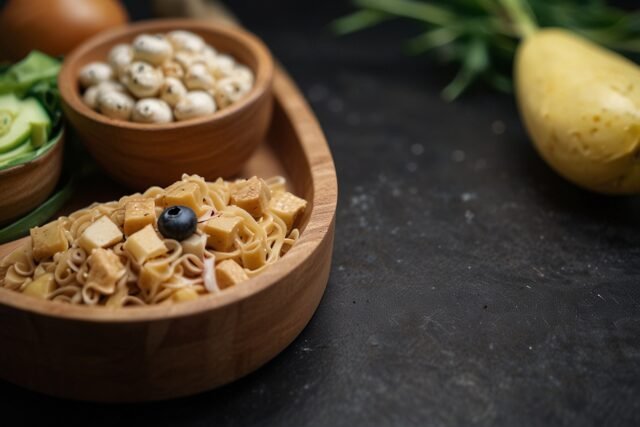Nutritional Benefits of Leafy Greens :
It seems as though you’re digging into the magnificent universe of mixed greens! They’re delectable as well as loaded with supplements. From spinach and kale to Swiss chard and arugula, mixed greens offer different flavors and surfaces to raise any dish. Whether you’re sautéing them as a side, mixing them into a smoothie, or integrating them into a principal course, salad greens are staggeringly flexible.

Such verdant vegetables that merit a spotlight in “The Green Surprise” include: The Ultimate Guide to Leafy Greens: Varieties and Uses.
Spinach:
These sorts of verdant vegetables offer countless flavors, surfaces, and enhancements, making them justifying a spotlight in “The Green Change.
Kale :
Kale is an enhancement thick verdant green vegetable that has a spot with the cabbage family.
Lettuce :
It comes in different kinds, including icy mass, romaine, and leaf lettuce, each with its own surface and flavor profile. Lettuce is low in calories and plentiful in nutrients and minerals, making it a solid expansion to feasts the Ultimate Guide to Leafy Greens: Varieties and Uses.

Swiss Chard:
With splendid stems and sensitive leaves, Swiss chard is abundant in supplements K, A, and C, and can be sautéed, steamed, or added to soups and stews
Arugula:

Known for its peppery flavor, arugula is an incredible expansion to plates of mixed greens, pizzas, and pasta dishes, giving nutrients and minerals.
Collard Greens:
A Southern #1, collard greens are high in supplements A, C, and K, and are habitually braised or sautéed with garlic and flavors
Watercress:
It is important for the Brassicaceae family, alongside kale, broccoli, and mustard greens.
Mustard Greens:

Soups and stews: Mustard greens add significance of flavor and enhancements to soups and stews.
Dish singes: Coordinate mustard greens into sautés for a searing kick and enthusiastic assortment.
Side dish: Serve cooked mustard greens as a wonderful side dish nearby your major course.
Smoothies: Blend mustard greens into smoothies for an enhancement support.
Sandwiches: Add rough mustard greens to sandwiches for added crunch and flavor.
Enhance: Use mustard greens as an adornment for various dishes to add tone and novelty.
Turnip Greens:
Soups and stews: Turnip greens add flavor and surface to soups and stews.
Side dish: Serve cooked turnip greens as a tasty side dish to go with a fundamental course.
Sautés: Integrate turnip greens into pan-sears for added variety, flavor, and supplements.
Sandwiches: Add crude turnip greens to sandwiches for additional crunch and supplements.
Embellish: Use turnip greens as a trimming for different dishes to add a pop of variety and new member of flavors, surfaces, and supplements, making them meriting a spotlight in “The Green Upset.” “The Ultimate Guide to Leafy Greens: Varieties and Uses”






